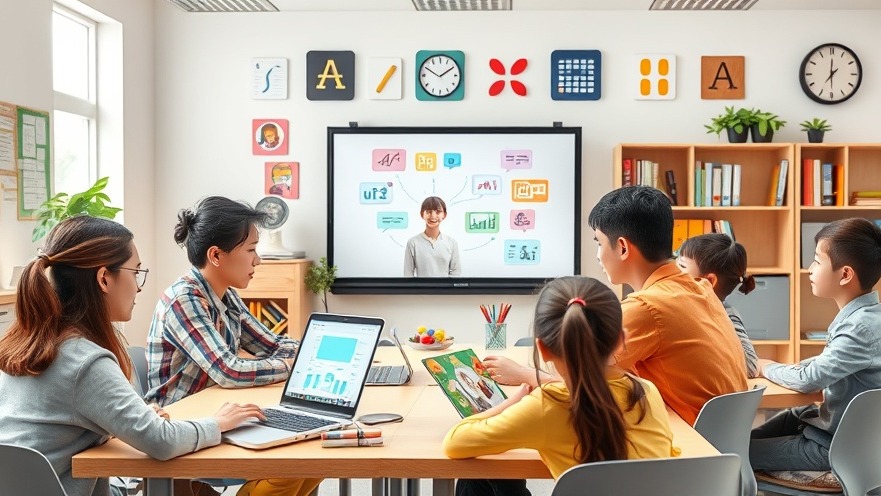
Exploring the Nuances of Research with ChatGPT Deep Search
As educators and researchers continue to leverage technology in their work, tools like ChatGPT Deep Search have become invaluable assets in the quest for enhanced knowledge acquisition. In an innovative experiment, one educator sought to understand the variability in output produced by ChatGPT Deep Search by running identical prompts at different times, focusing on literature concerning visual communication in research.
The Experiment and Its Findings
The educator conducted this experiment to ascertain whether two researchers, independently utilizing the same AI tool, would yield identical insights. Surprisingly, both attempts generated similar yet distinct reports, sparking intrigue about the AI's underlying operational mechanics. The first report contained 27 sources, while the second report expanded this to 32, revealing the capabilities of AI to pull from evolving datasets.
Despite the absolute count discrepancies, the core content between the two reports bore striking similarities. Such findings prompt essential conversations about the reliability of AI-driven research outputs, especially when two different users explore similar themes.
Challenging the Status Quo: The Limits of AI
While the analysis confirmed some assumptions about AI's effectiveness, it also revealed its limitations. The educator noted that ChatGPT Deep Search primarily accesses a restricted pool of academic knowledge, often limited to non-paywalled sources. This constraint underscores a more significant issue facing academic pursuits—many valuable studies remain inaccessible behind paywalls, potentially skewing research outcomes.
In addition, findings indicated that reliance solely on ChatGPT Deep Search could lead to overlapping sources, raising key questions about the uniqueness of AI-generated data. Such a situation could significantly affect the integrity of scholarly work, emphasizing the importance of human verification and synthesis in research.
Striking a Balance: Human and AI Collaboration
Ultimately, the interplay between emerging AI tools and traditional research methods necessitates a balanced approach. Educators and researchers must remain vigilant, crossing-checking AI-generated reports with reliable references and supplementary literature. AI can serve as a springboard to deepen understanding—but human expertise and critical thinking are essential to maximize its benefits.
Specifically, when addressing the vast landscape of visual communication, the educator's experiment emphasized integrating human insight with AI capabilities. Using ChatGPT Deep Search intelligently can enhance accessibility to information while ensuring that creases in academic rigor are smoothed out.
Broadening Horizons: Future Trends in AI-Driven Research Tools
As we look toward the future, the continuous evolution of AI research tools is promising. Integrating human judgment with AI's expansive reach could potentially revolutionize how we obtain and interpret information. Notably, platforms like Google Deep Research and Perplexity also offer unique advantages, such as robust searching capabilities and citation transparency, broadening available resources for those involved in educational pursuits.
Going forward, educators and students alike must be adaptable, embracing toolsets that can streamline the research process while maintaining a critical eye on data authenticity and quality. By developing synergy between human insight and machine learning, academic exploration can yield richer, more diverse narratives.
Conclusion: Navigating the AI Landscape
As we witness the blending of AI and academia, it becomes increasingly vital to understand and navigate this complicated terrain effectively. ChatGPT Deep Search, paired with various other research tools, offers exciting possibilities for enhancing academic output, provided they are utilized with care and diligence. The path forward lies in balancing innovation with integrity, ensuring that both traditional knowledge and modern technology coexist to empower future generations of learners and researchers.
 Add Row
Add Row  Add
Add 




Write A Comment